
The phrase “to err is human” is as applicable to sport just as it is anywhere else, and players are often given some leeway for mistakes made on the field. It is often the team that makes fewer mistakes in the game that ends up winning.
However, the margin for error is minimal in international sport and players prepare themselves to ensure that the high standards of their game are supplemented by correct execution of the basics.
We look at some of the unpardonable errors in cricket, which often end up being the difference between a win and a loss.
1. Spinner bowling a no-ball
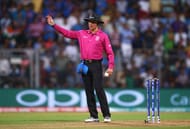
A delivery is adjudged a no-ball if the bowler oversteps while delivering the ball with no part of the foot behind the crease. Pace bowlers are often the culprits with their longer run-ups, as they attempt to bowl with extreme pace. But with a much shorter run-up, spinners are expected to ensure that they don’t overstep and concede a no-ball.
The Indian cricket fans will remember the reprieve that Lendl Simmons received in the semi-final of the World T20 in 2016. Ravichandran Ashwin overstepped on the delivery in which he had Simmons caught by Jasprit Bumrah at short third man. Simmons went on to score a match-winning 82 to take his side to an unlikely win over the hosts.
While India’s defeat in the match can’t be solely blamed on Ashwin’s error, as pointed out by Sunil Gavaskar after the game, spinners are expected to ensure they don’t overstep. The unnecessary no-balls can be very costly – as India found out when they were knocked out of the World T20.
2. Overthrows due to fielders not backing up
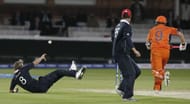
An essential aspect of fielding is backing up. A fielder moves into position while another fielder is throwing the ball towards the wickets, to ensure that no overthrows are conceded, in case the ball misses the wickets in a runout attempt or isn’t collected cleanly by another player.
While the players place a lot of focus on improving their fielding skills, it is essential also to ensure the relatively simple practise of backing up to avoid conceding extra runs – which may go on to be a crucial factor in determining the outcome of the match.
3. Not grounding the bat while completing a run
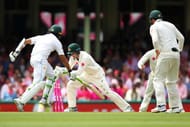
The laws of cricket state that a batsman can be judged as run out, if neither the batsman’s body nor bat is grounded beyond the crease when the fielding team breaks the stumps.
Modern-day cricket has seen batsmen being more proactive, as they search for the extra run to increase the scoring rate. While stealing a quick single or attempting to complete an extra run, batsmen often have to make a dash towards the crease to ensure not being run out. The action usually requires making a dive towards the crease or sliding the bat on the ground past the crease.
However, despite the improvement in running standards, there have been instances of a batsman being caught short of the crease only because of not grounding the bat – often because of laziness or lack of awareness.
4. Not calling while taking a catch
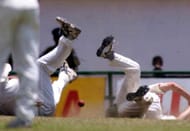
Every fielding side dreads dropping catches, with the proverbial saying “catches win matches” often proving to be true.
While even the best fielders will fumble an opportunity once in a while, a cardinal sin in the art of fielding in cricket is not calling for a catch. Calling for catches ensures there is no confusion as to which fielder is attempting to catch the ball and this prevents other fielders from obstructing his attempts.
Calling is especially crucial in cases where the ball has been hit high, and multiple fielders converge in an attempt to take the catch. Lack of clarity on which player is going for the catch could result in more than one player going for the catch (and possibly colliding) or else neither player going for the catch and the ball dropping safely. This results in a routine catch being dropped and the batsman getting a lifeline.
5. Third umpire erring with DRS use
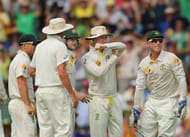
Just like the players, the umpires, too, have a responsibility to ensure they don’t err while making decisions. There has rightly been a lot of support for the on-field umpires after mistakes made by them – they have to make instant decisions in real-time on the field.
With the introduction of DRS, the role of the third umpire has become more crucial. With the support of technology and multiple replays, third umpires are expected to ensure the correct decision is arrived at with proper coordination with the on-field umpires. Any mistake made by the third umpires with all the tools at their disposal is unacceptable.
There was a case recently in the India-England ODI series when third umpire Kumar Dharmasena caused confusion by asking the on-field umpire Anil Chaudhary to stick with his original decision (which was to give batsman Liam Plunkett out). At the same time, the DRS review showed that the batsman was not out, and the decision by Chaudhary needed to be reversed.
Follow IPL Auction 2025 Live Updates, News & Biddings at Sportskeeda. Get the fastest updates on Mega-Auction and cricket news
